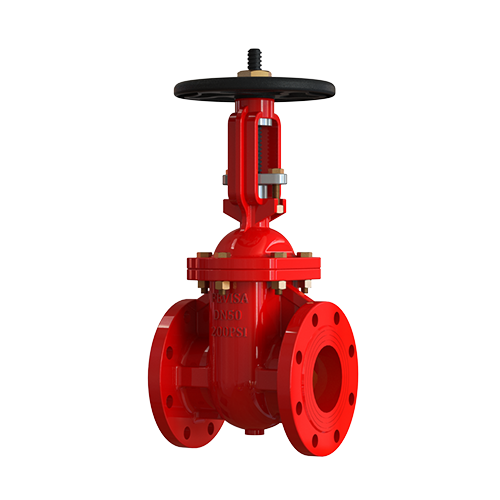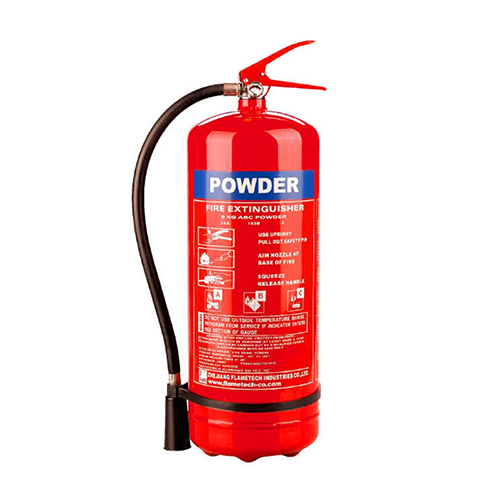Types of Fire Helmets:
- Traditional Fire Helmets:
- Description: Classic design with a wide brim and high crown.
- Features: Offers extensive head protection; iconic firefighter appearance.
- Modern Fire Helmets:
- Description: Streamlined design with advanced materials.
- Features: Lightweight, enhanced protection, and improved comfort.
- Technical Rescue Helmets:
- Description: Designed for rescue operations and technical firefighting.
- Features: Compact design, high impact resistance, and multiple accessory options.
- European Style Helmets:
- Description: Sleek, low-profile design.
- Features: Enhanced balance, advanced materials, and integrated visors.
Features of Fire Helmets:
- Heat Resistance: Made from materials that can withstand extreme temperatures.
- Impact Protection: Designed to protect the head from falling debris and impacts.
- Face Shields: Integrated or attachable shields to protect the face from heat and debris.
- Neck Protection: Equipped with a neck flap to guard against heat and sparks.
- Adjustable Fit: Features adjustable suspension systems for a secure and comfortable fit.
- Reflective Strips: High-visibility markings to enhance visibility in low-light conditions.
- Communication Systems: Some models include built-in communication devices.
- Ventilation: Designed with ventilation channels to improve airflow and reduce heat buildup.
- Certification: Compliant with safety standards such as NFPA 1971 and EN 443.
Benefits of Fire Helmets:
- Enhanced Safety: Provides critical protection for the head, face, and neck.
- Durability: Built to endure harsh conditions and repeated use.
- Comfort: Ergonomic designs ensure long-term wearability.
- Versatility: Suitable for various firefighting and rescue scenarios.
- Visibility: Reflective elements improve safety in dark or smoky environments.
- Communication: Integrated systems facilitate effective team communication.
- Compliance: Meets industry standards and regulations for firefighter safety.








